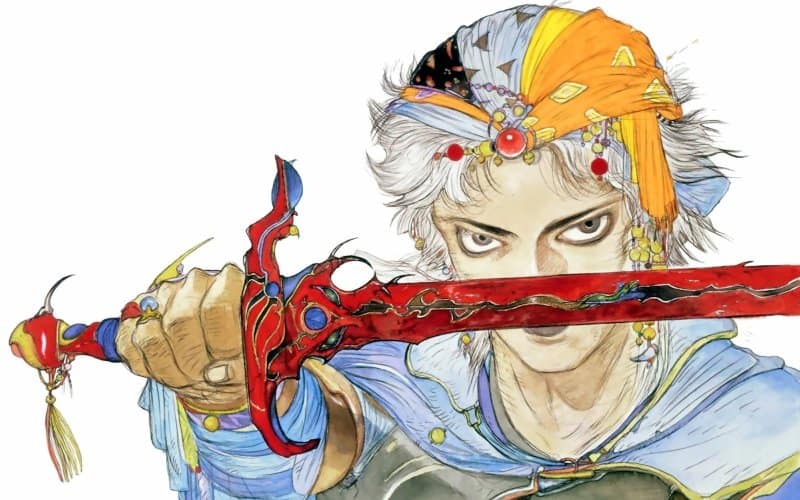Despite its importance in helping to establish several series conventions moving forward, Final Fantasy II just can’t seem to shake its position as the “black sheep” of the franchise. Not only does the game have the less-than-honorable distinction of being the Final Fantasy game with the lowest sales across the franchise, but it also features several unique mechanics that would never feature again in the series (despite continuing via Square’s own SaGa games). Somehow, even with these slights against it, Final Fantasy II has more than 10 different re-releases and ports that firmly establish fans have a desire to keep revisiting the game. Perhaps it’s even because of Final Fantasy II‘s notorious missteps that series fans keep coming back to see what its negative reception is all about.
Whatever the case, Final Fantasy II is a great RPG that somewhat buckles under the weight of its own ambition. Future releases of the game would go to great lengths to smooth out its rough edges, even going so far as to completely revamp its controversial character progression and leveling into something more closely resembling the rest of the Final Fantasy series. The most recent release of the game, the Pixel Remasters version, provides helpful Boosts that make leveling much more straightforward. Accordingly, the improvements Final Fantasy II makes to its story and characters over the original are able to take center stage.
Final Fantasy II – Famicom, 1988
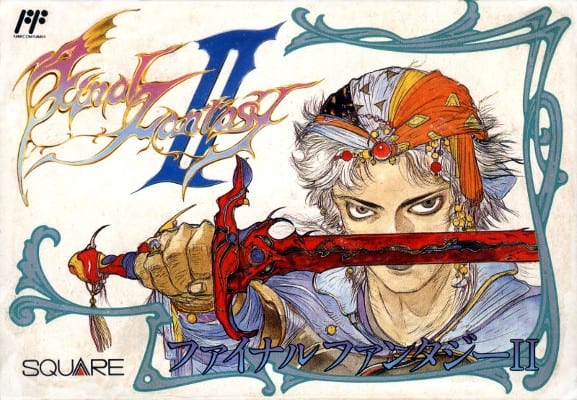
The original release of Final Fantasy II would arrive in December 1988, just over a year after the original Final Fantasy‘s launch and roughly 18 months before Final Fantasy‘s arrival on the NES. As the second game in the series, Final Fantasy II introduces a brand new cast of characters alongside a new world and central conflict, establishing that the series would move forward as an anthology rather than featuring connecting worlds and an overarching narrative. Though the game make great improvements to the storytelling and characterization of its heroes over the original Final Fantasy, the leveling system would prove to be confusing even for RPG veterans.
Rather than have players fight battles to accrue experience points and level up their characters, Final Fantasy II uses an “action-based” character progression system. Basically, the heroes will level up the actions that they use in battle, developing only the skills that they regularly use. While it’s a great idea in theory (and one that would even serve as the basis for the character progression model of popular Western RPGs like The Elder Scrolls), the limitations of the Famicom to explain the systems to players make them confusing at best and needlessly obtuse at worst. Still, despite its shortcomings, Final Fantasy II would move 800,000 units on the Famicom, outpacing the original by almost 300,000 units.
Dark Shadow Over Palakia – Unreleased, 1990
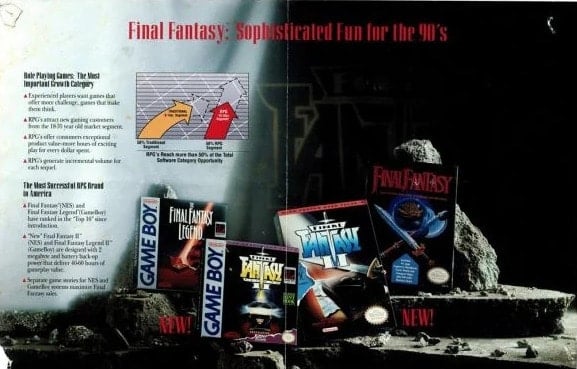
As the picture above references, the arrival of Final Fantasy in the West in 1990 would prove to be a big deal for both video game and RPG enthusiasts. The RPG genre was effectively in its infancy in interactive media, and Final Fantasy ended up being a massive success in the West on the NES, even outselling the original Famicom version in its native Japan. At one point, Square had plans to bring Final Fantasy II over to the West as well, and the game would begin its localization process sometime in 1990 (immediately following the launch and reception of Final Fantasy on the NES).
Unfortunately, the localization process during this time period would be much more costly than it is today, resulting in Square having to make the call between porting Final Fantasy II to the NES or focusing its resources on bringing the then-in-development Final Fantasy IV to the SNES as one of the system’s launch titles in the West. Realizing that the time and money necessary for localization would be better spent on bringing the first “next-gen” Final Fantasy to North America, Square would scrap the near-complete localization of Final Fantasy II. However, this didn’t stop the files from eventually making their way into the emulation scene, with Dark Shadow Over Palakia being circulated as a ROM file for the NES version of Final Fantasy II that never saw official release.
Final Fantasy I•II – Famicom, 1994
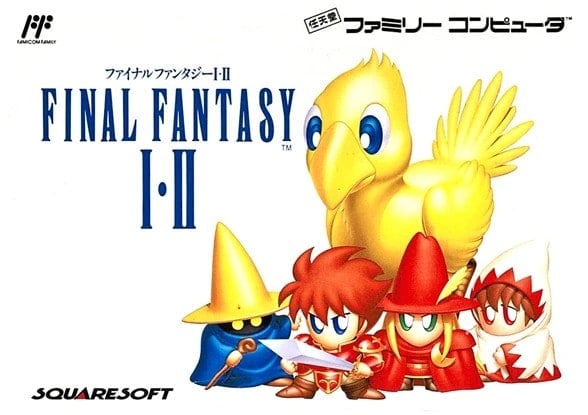
For whatever reason, video game compilations would become a much more popular concept in Japan long before they were ever marketed in the West, leading to the Famicom featuring some excellent game collections that would never see release on the NES. Joining Dragon Quest and its excellent Famicom-era compilations of the series’ early titles is this Final Fantasy collection compiling Final Fantasy and Final Fantasy II. Releasing in 1994, this is one of the last games Square would publish for the Famicom before focusing solely on the Super Famicom and upcoming release of the PlayStation. Other than giving both games a slight visual upgrade, the core gameplay of both Final Fantasy and Final Fantasy II‘s original Famicom releases remains the same on this 8-bit series compilation.
Final Fantasy II – WonderSwan Color, 2001
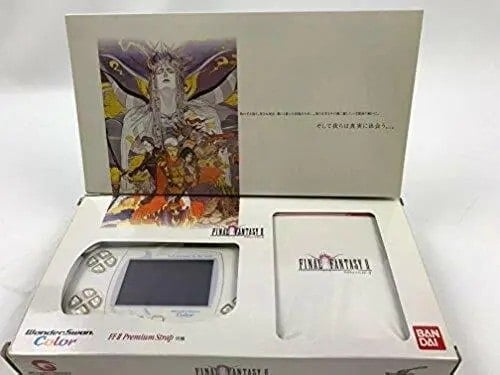
Released in 2001 exclusive to Japan is the WonderSwan Color version of Final Fantasy II, which makes several quality-of-life improvements to the base game alongside a hefty audio-visual upgrade. The WonderSwan Color’s 16-bit processor allows for its version of Final Fantasy II to include background images during battles, new character sprites, cutscenes, and revamped music tracks that take full advantage of the WonderSwan’s sound processor. Additionally, the leveling and character progression receive several improvements. Most notably, the rate at which characters gain weapon levels increases, resulting in much less grinding and a lower difficulty curve.
Final Fantasy Origins – PlayStation, 2002
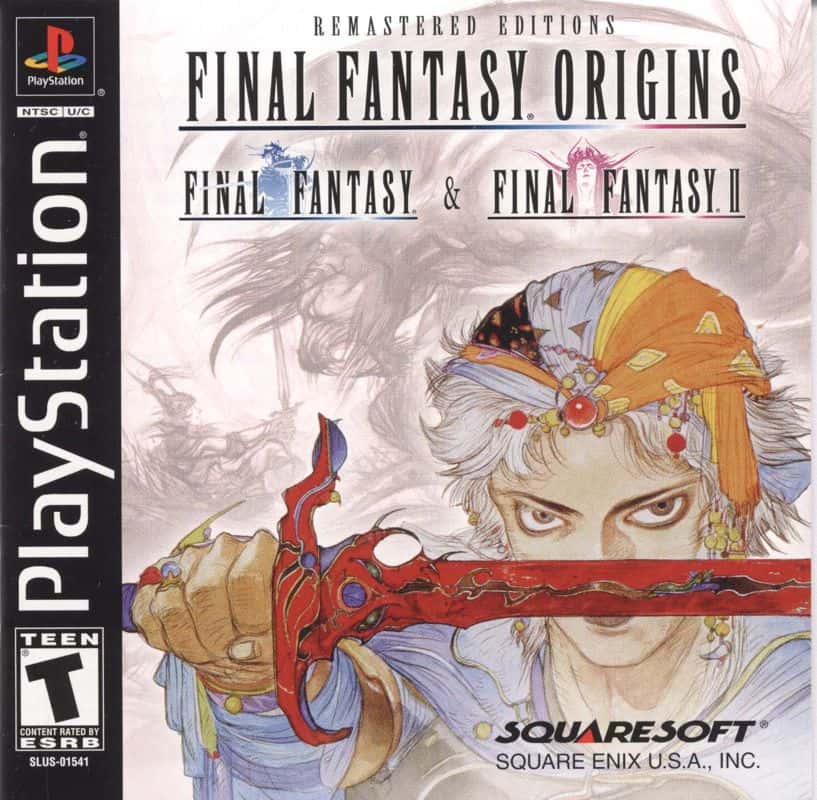
The release of Final Fantasy Origins on the PlayStation marks the first time that Final Fantasy II is available in the West as part of an official release. This PS1 compilation packages both the original Final Fantasy and Final Fantasy II on one disc, using the WonderSwan Color releases of each game as the versions it includes. Though the core gameplay remains largely the same as the WonderSwan version, the PlayStation release of Final Fantasy II includes higher resolution textures and even goes so far as to include a variety of difficulty options. The default difficulty is Easy, which incorporates the ability to dash, auto-target, and a mini-map for help with navigation.
Final Fantasy I & II: Dawn of Souls – Game Boy Advance, 2004
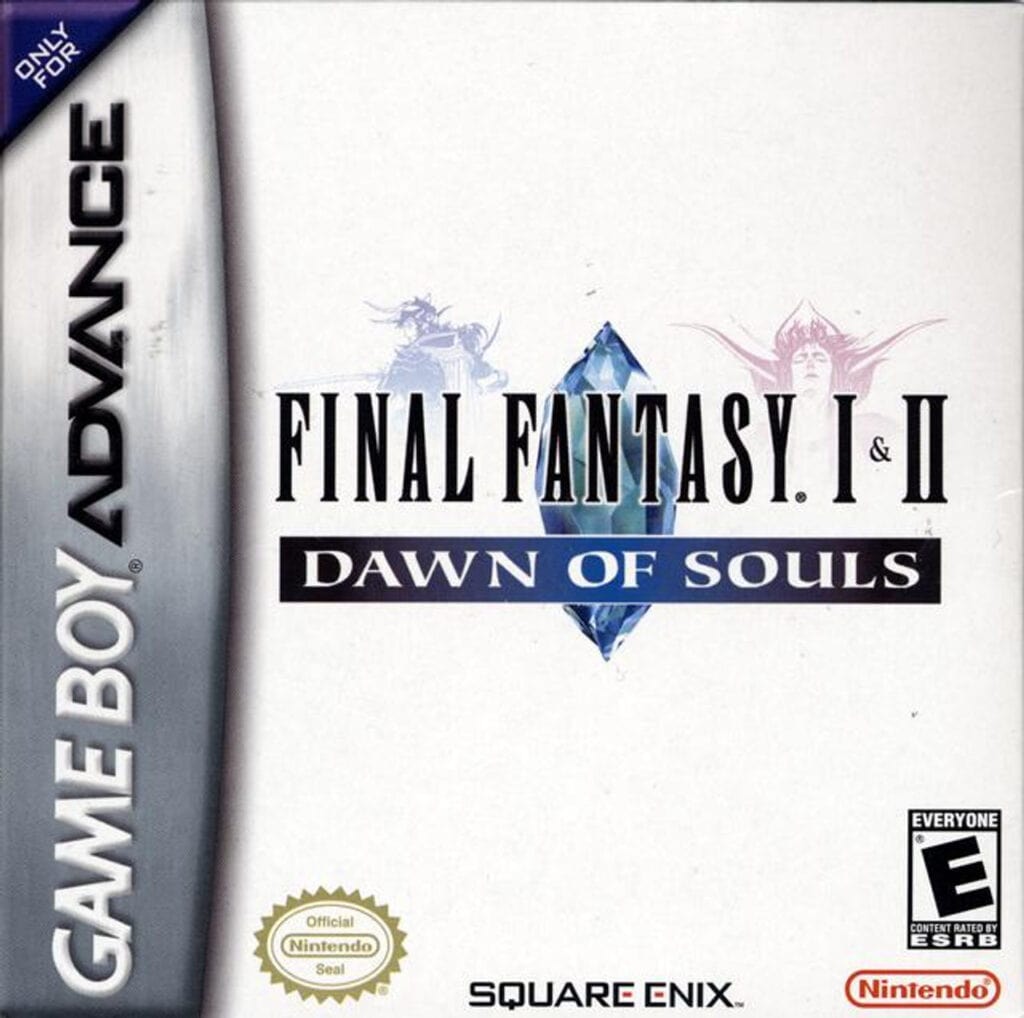
Just a few years after the release of Final Fantasy Origins, Square Enix would bring both Final Fantasy and Final Fantasy II to the Game Boy Advance as part of the Dawn of Souls compilation. This release makes several significant improvements over the PS1 release of Final Fantasy II, mostly as they relate to the game’s inherent difficulty and confusing character progression. Items cost less in shops, inventory space receives a massive expansion, characters feature new portraits, and the default (and only) difficulty option is a slightly easier version of the standard “Easy” difficulty of the Final Fantasy Origins version of the game. Though it removes some of the cutscenes from Origins, this version features a more accurate script and better pixel-art visuals than the PS1 release of Final Fantasy II.
Final Fantasy II – Mobile, 2005
The first release of Final Fantasy II on mobile devices would come about in 2005, though this version of the game is no longer available. Most fans consider this version of the game to be the weakest of all, especially considering it cuts all of the improvements that various versions preceding it have made over the years. In addition to removing all of the bonus content that both Origins and Dawn of Souls include, several key sections are missing music and the game features a much steeper difficulty curve than the Famicom original. Square Enix’s closure of its mobile division would result in the delisting of this version in 2018.
Final Fantasy II 20th Anniversary – PSP, 2007
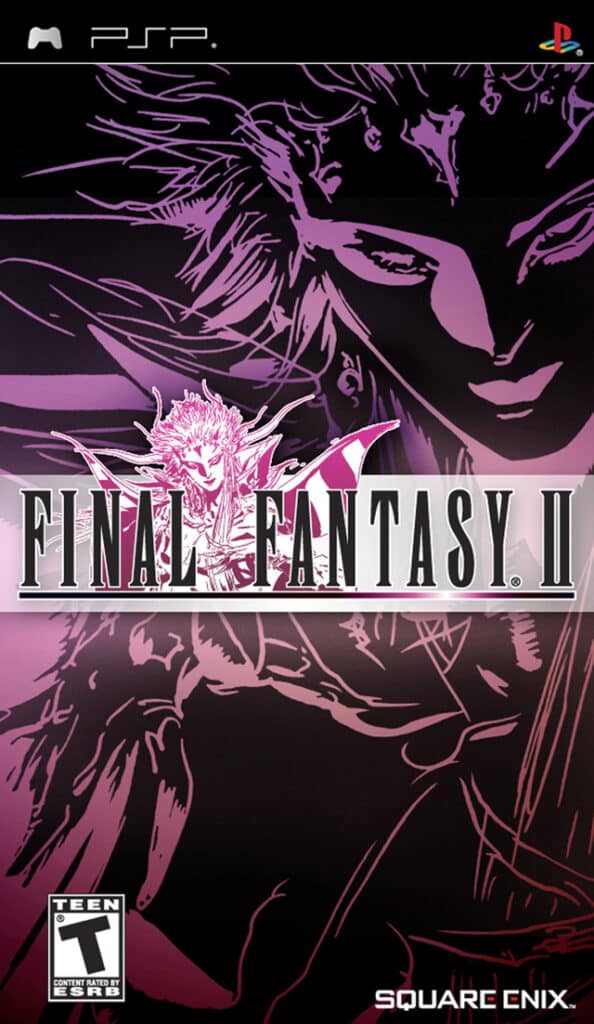
Both Final Fantasy and Final Fantasy II would receive special new versions released on the PSP as part of the series’ 20th Anniversary celebration. For these releases, Square Enix would completely revamp both titles, providing brand-new character sprites and portraits, revising the script, improving the soundtracks and adding in new cutscenes, and introducing new bonus content in the form of endgame dungeons for players to test their party’s skill. Prior to the Pixel Remasters versions of the series’ early games, the PSP releases of both Final Fantasy and Final Fantasy II would arguably be the definitive releases of both titles. Outside the audio-visual upgrades and committments to maintaining the integrity of each game’s scripts and vision, the difficulty of both titles features a complete rebalancing, lowering encounter rates and speeding up character progression and leveling.
Final Fantasy II 20th Anniversary – iOS/Android, 2010/2012
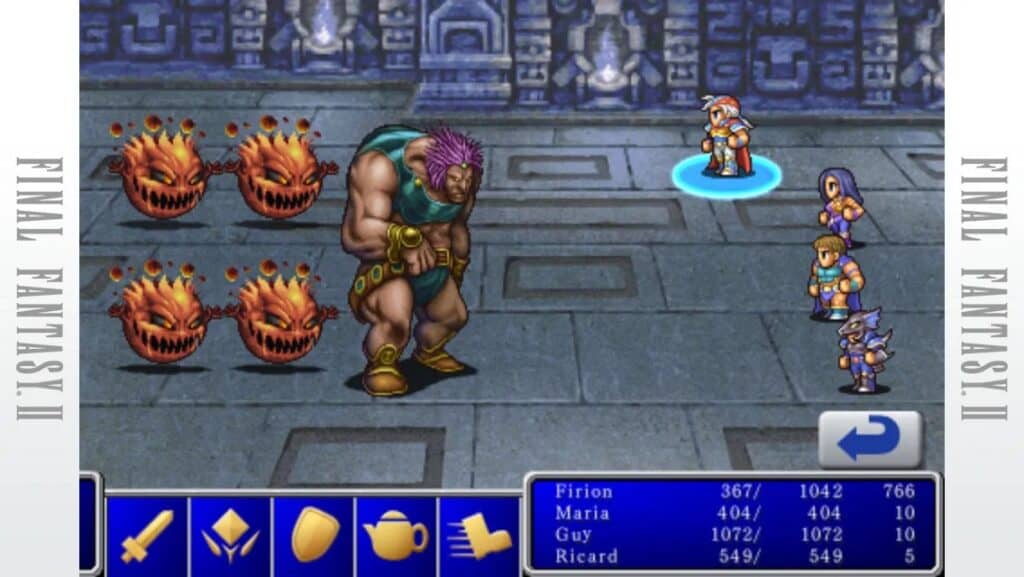
5 years after their PSP release, the 20th Anniversary releases of both Final Fantasy and Final Fantasy II would arrive on iOS and Android. This version remains largely the same as the PSP release but features lower-quality audio and the ability to suspend gameplay without having to save. Because of this version’s release on smartphones, it is also the first version of Final Fantasy II to introduce touch-screen controls, which eliminates the ability for players to make adjustments to the game’s resolution or window settings. This version of the game would be delisted following the release of the Pixel Remasters in 2021.
Final Fantasy II Pixel Remaster – PC, PS4, Nintendo Switch, Mobile, 2021/2023
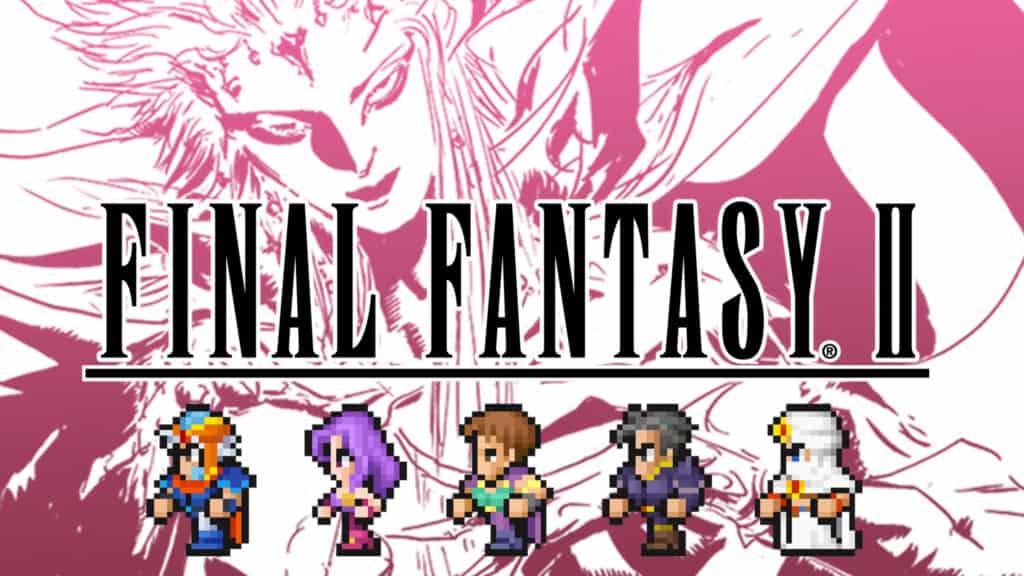
The most recent version of Final Fantasy II is undoubtedly the definitive release of the game, arriving as part of Square Enix’s Pixel Remaster series of the first 6 Final Fantasy titles. This version updates the visuals to be more in line with the rest of the Pixel Remasters, creating a cohesiveness among the games that didn’t exist in their prior incarnations. Further, the Pixel Remasters version of Final Fantasy II includes helpful features via the “Boost” functions. Things like having HP increase at set levels, lowering the number of points necessary to increase stat or skill levels, and increasing the amount of Gil players earn after each battle all combine to make this the most accessible version of the game.
Some of the features that are consistent across all 6 games in the Pixel Remasters include the addition of mini-maps for each area, the ability to turn on Auto-Battling, the ability to turn off random encounters entirely, and rebalancing of each game’s enemy difficulty and character progression. Though the Pixel Remasters remove much of the bonus content that other versions of Final Fantasy II include (such as bonus dungeons or full-motion video cutscenes), they make up for it by being the most consistent and modernized versions of a classic (and somewhat overlooked) game.
